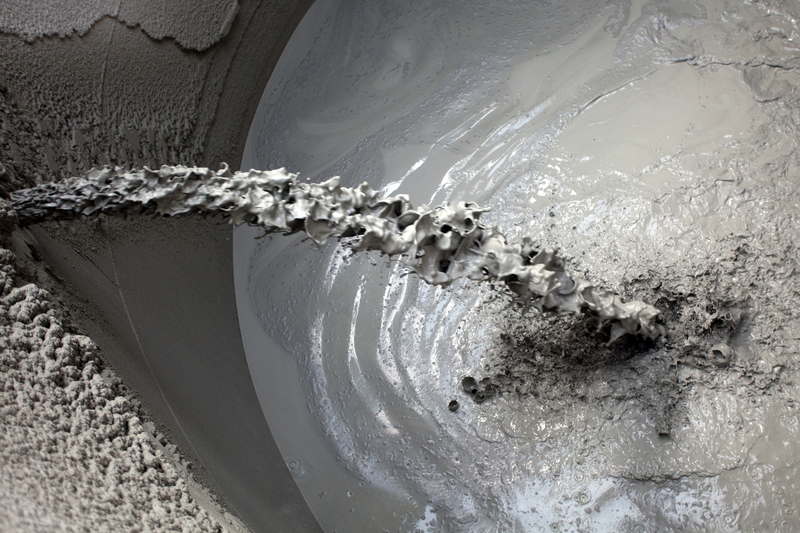
West:
As the economy continues to recover from the impacts of the coronavirus, the Pacific and Mountain region’s cement consumption forecasts have been slightly upwardly revised from the winter release. Some states in the West (Idaho, Utah, and Oregon) have returned to pre-pandemic employment levels. Only California, Nevada, and Hawaii remain subnational in terms of job recovery. The Mountain region is poised to outperform national economic growth while the Pacific region is expected to grow roughly in line with US growth throughout the forecast horizon.
Growth in cement consumption in both regions is expected to be led by the residential sector. Single-family permits are projected to grow 7.4% and 6.4% this year in the Mountain and Pacific regions, respectively. The nonresidential sector is expected to be a drag on growth for both regions in 2021. Increasingly optimistic state budget projections diminish the likelihood of severe reductions in public construction spending. PCA’s Spring forecast does not include the effects of any federal infrastructure package. If an infrastructure bill were to pass, it would represent upside risk to public sector volumes toward the back-end of the forecast horizon. All totalled, the Pacific region is expected to around 1.1% in 2021. The Mountain region, which led growth in 2020 (11.5%) on gains in construction spending and cement intensities, is projected to drop slightly (-0.7%) before returning to growth rates exceeding the national average.
Central:
In the West South Central census division, PCA Market Intelligence expects cement consumption to grow 2.3% in 2021, following a decline of 2.5% last year. The regional decline in 2020 was largely attributed to a drop in oil-well cement demand. Excluding oil-well cement, construction-related cement consumption grew 2.9% in 2020. The region maintains very strong construction fundamentals given demand from strong in-migration and an expanding tax base. Growth is expected to be driven primarily by residential construction as well as slow, but steady, recovery in oil-well cement demand along with continued support from the public sector.
West North Central census division cement demand is expected to grow 1.2% in 2021, following an expansion of 7.0% in the previous year. The growth is expected to largely be driven by residential construction--particularly single-family homes. High demand, low inventories and favourable relative affordability suggest residential cement consumption will expand 9% this year and more than offset expected declines in commercial cement consumption. Public cement consumption is anticipated to maintain the strong levels of activity experienced last year. Demand of cement consumption this year in the region is expected to reach levels not seen since 2006.
Northeast:
The Northeast has been hit hard by the Covid-19 pandemic and had some of the most severe responses. Despite this, cement consumption was able to grow 0.6% in 2020, largely due to a strong start to the year, and PCA projects a flat growth of 0.1% in 2021. The Middle Atlantic was down nearly 3% in 2020, however the East North Central and New England were up 1.9% and 4%, respectively. Following this, 2021 PCA Market Intelligence expects cement consumption in the Northeast to rise by 1.1% in 2022. The increases are evenly spread over the three Census Divisions with the Middle Atlantic moving up 1 percent, East North Central moving up 1.1%, and New England moving up 0.6%.
The residential market served as the primary growth engine of 2020 in the Northeast, and this is expected to continue with a projected 5.7% growth rate in 2021. The rate of residential growth will lessen after 2021 but remain positive throughout the forecast horizon. Look for the commercial market to further decline in 2021 and 2022, as there have been many business closures and economic scarring owing to the Covid-19 response. PCA projects that it will begin to recover, as the 2022 forecast is down a slight 0.6% before recovery begins in 2023. From 2023 through 2025, the segment is projected to increase momentum each year and grow through 2025. In the Middle Atlantic, public cement consumption is projected to decline 2.2% in 2021, on top of a 1.4% decline in 2020. The Northeast is expected to lag behind national trends in public cement consumption given state fiscal conditions and the characteristics of the region.
Southeast:
Cement consumption in the South Atlantic Census division will be strong. PCA Market Intelligence expects cement consumption to grow by 6.8 % in 2021 and 2.1% in 2022.
While new home construction will do the heavy lifting, affordability concerns will likely weigh on single-family construction. Demand from home renovation is expected to increase as more owners tap into their home equity to finance larger projects. Warehouse construction will contribute to higher cement consumption as online retailers continue to adopt a “just in case” strategy while retail will remain a drag. Office outlook remains uncertain, but most markets in this region have a lower risk profile. Tourist destinations in the region will likely see some recovery as leisure travel resumes.
Demand in the East South Central Census division is also expected to be positive. New construction will likely remain positive despite affordability concerns. The oil and gas sector in Alabama will likely contribute to the strength as prices climb back from the 2020 low. Demand from the logistics and distribution sector in Tennessee will also drive cement consumption while Kentucky sees more investment from the manufacturing industry. As such, consumption is likely to increase by 7.6% in 2021 and 1.9% in 2022.
View the full webinar presentation here.








